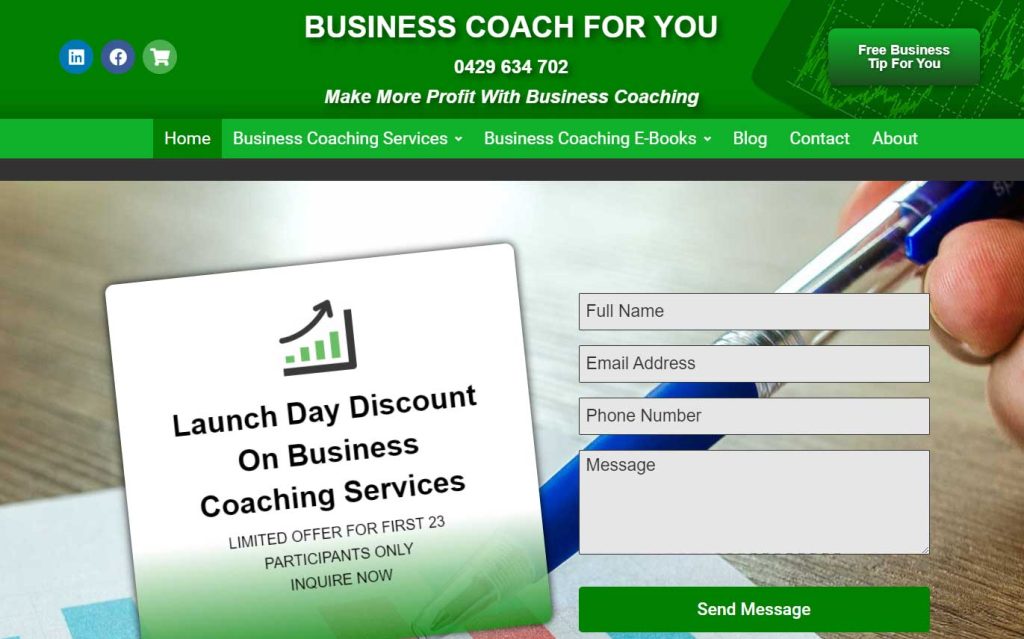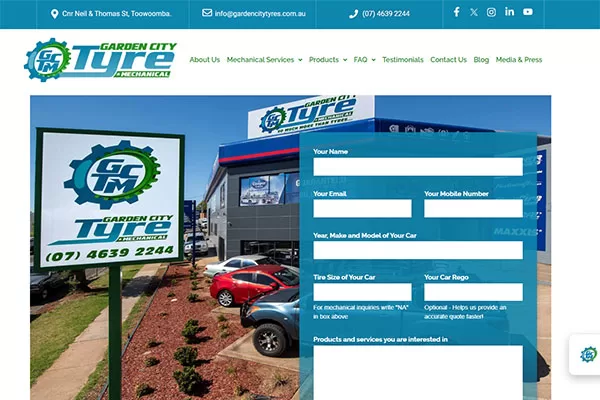Thank you to the team at Assist Industries for the chance to create your new directory listing website. Assist Industries enables local and Australian Service Providers to succeed in their respective fields. Check out the new website here:
workrnow.com.au
At Webdesign4business we build directory websites both automated and custom structured. Talk to us today to find out more.
Building an effective directory website involves a combination of strategic planning, user-centric design, robust technology infrastructure, and continuous refinement based on user feedback and market trends. In this comprehensive guide, we’ll explore the key components and best practices for creating a successful directory website.
1. Define Your Niche and Audience
Before diving into the development process, it’s crucial to define the niche and target audience for your directory website. Identifying a specific niche helps differentiate your platform from competitors and allows you to tailor your offerings to the needs of a particular audience segment. Conduct thorough market research to understand the pain points, preferences, and behaviors of your target users.
2. Choose the Right Platform and Technology Stack
Selecting the appropriate platform and technology stack is vital for the success and scalability of your directory website. Consider factors such as ease of use, customization options, SEO-friendliness, and scalability when choosing your platform. Content management systems (CMS) like WordPress, Drupal, or Joomla are popular choices for building directory websites due to their flexibility and extensive plugin ecosystems.
3. Plan the Directory Structure
Create a logical and intuitive directory structure that organizes listings in a hierarchical manner. Consider implementing categories, subcategories, and tags to help users navigate the directory easily. A well-structured taxonomy enhances user experience and improves search engine visibility.
4. Develop a User-Friendly Interface
Design a clean and user-friendly interface that prioritizes ease of navigation and accessibility. Ensure that the layout is intuitive, and the search functionality is prominently displayed. Optimize for mobile responsiveness to accommodate users accessing the directory from various devices.
5. Implement Advanced Search and Filtering Options
Enable users to quickly find relevant listings by implementing advanced search and filtering options. Allow users to filter results based on criteria such as location, category, price range, ratings, and reviews. Incorporating autocomplete and predictive search functionality can further enhance the user experience.
6. Focus on Content Quality and SEO
High-quality content is essential for attracting users and improving search engine rankings. Encourage businesses to provide detailed and accurate information for their listings, including descriptions, images, contact details, and hours of operation. Optimize your content for relevant keywords and regularly update the directory with fresh content to maintain relevance and authority in search engine results.
7. Enable User Reviews and Ratings
Integrate a robust review and rating system that allows users to share their experiences and opinions about listed businesses. User-generated content adds credibility to your directory and helps users make informed decisions. Implement moderation tools to ensure the authenticity and integrity of user reviews.
8. Monetization Strategies
Explore various monetization strategies to generate revenue from your directory website. Common monetization methods include paid listings, featured placements, advertising, subscription plans, and affiliate marketing partnerships. Evaluate the preferences of your target audience and industry trends to determine the most suitable monetization approach for your directory.
9. Provide Value-Added Features
Differentiate your directory website by offering value-added features that enhance the user experience and provide additional value to businesses listed on the platform. Consider integrating features such as appointment scheduling, online booking, map integration, lead generation forms, and social media integration. Continuously innovate and adapt to evolving user needs to stay ahead of the competition.
10. Implement Analytics and Tracking
Monitor and analyze user behavior, traffic patterns, and engagement metrics using web analytics tools. Gain insights into how users interact with your directory website and identify areas for improvement. Use data-driven decision-making to optimize the user experience, refine your content strategy, and maximize the effectiveness of your marketing efforts.
11. Foster Community Engagement
Build a thriving community around your directory website by facilitating interactions and collaborations among users and businesses. Encourage user participation through forums, discussion boards, social media groups, and community events. Cultivate a sense of belonging and loyalty among your audience to foster long-term engagement and retention.
12. Regularly Update and Maintain Your Directory
Keep your directory website up-to-date with the latest listings, content updates, and feature enhancements. Regularly audit and remove outdated or irrelevant listings to maintain quality and relevance. Stay informed about industry trends and user preferences to adapt your directory strategy accordingly.
In conclusion, building an effective directory website requires careful planning, strategic execution, and ongoing optimization. By focusing on user experience, content quality, technology infrastructure, and community engagement, you can create a valuable resource that serves the needs of both users and businesses in your niche. Continuously monitor performance metrics, gather user feedback, and iterate on your directory to ensure its long-term success and sustainability in a competitive online landscape.


